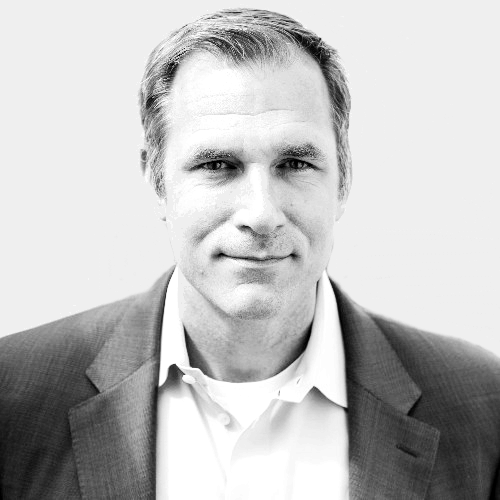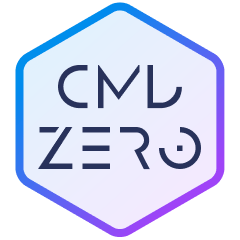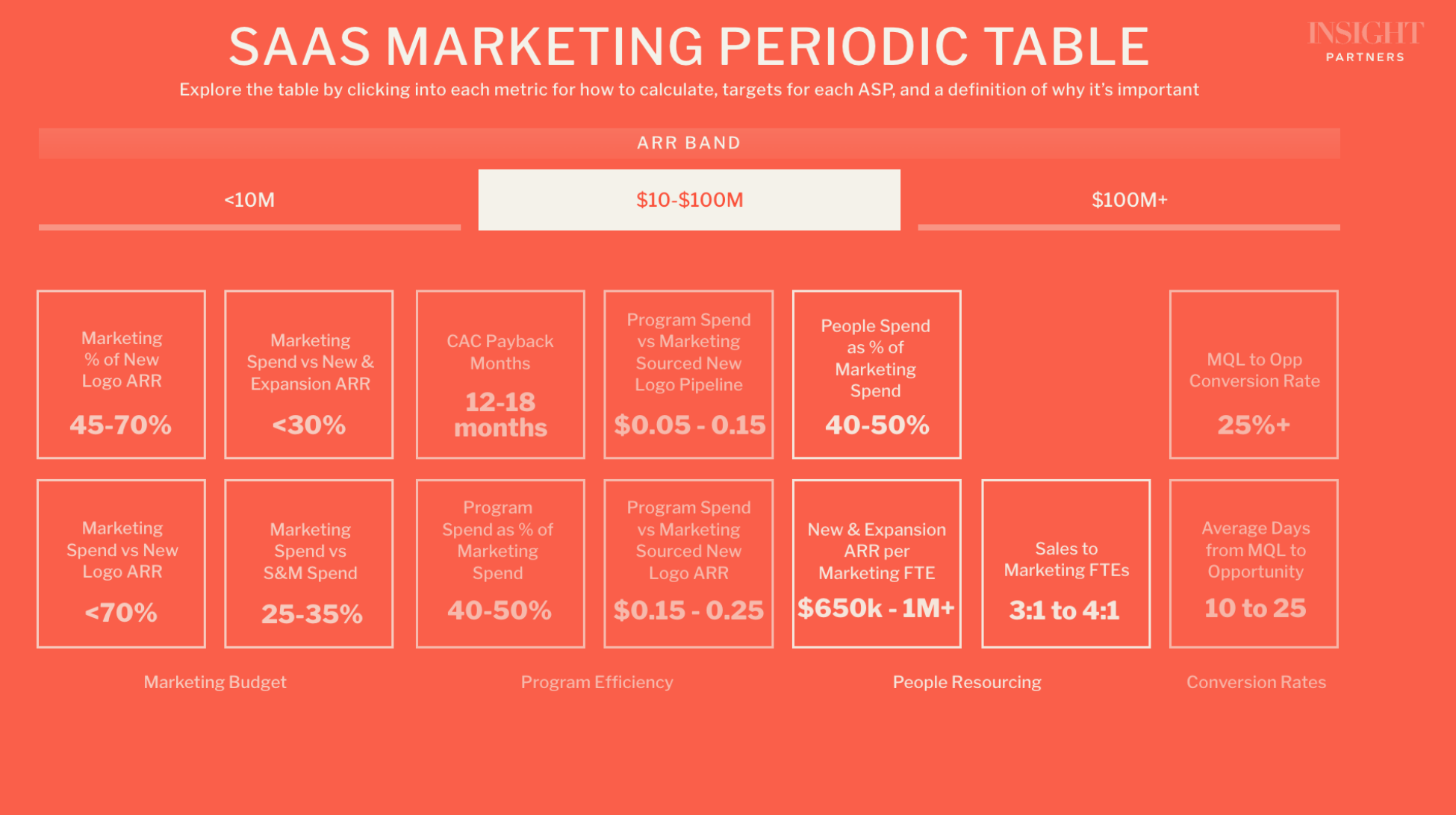
This article first appeared on VMware.com.
We talk a lot in the business world about agility, and COVID-19 has only increased the importance of that discussion. The problem is that too often, we treat agility as a buzzword that we understand superficially — yes, of course you want to be able to move quickly, shift as needed, and stay ahead of the curve — but we rarely consider the deeper, operational level. We strive for agility, but how we actually achieve it is a conversation that’s often hard to begin.
Setting up an organization to maximize agility can be really challenging. It can involve tearing down systems already in place and transforming an established corporate culture. But when done right, it’s a game-changer. Agility is a true indicator of high-performing individuals and teams, and possibly the biggest determinant of success, especially today, when markets move so quickly and competitors create new strategies and products faster than ever before.
We know agility when we see it: The organization that abandons legacy business models, the team that diagnoses failures and immediately incorporates the learnings, or the individual who can set aside ego and say they were wrong, and then try something completely new. But the conversation so many of us need to have is about how you make those kinds of moves not just possible but expected, automatic, and intrinsic to a company’s culture and behavior. Here are my “Agile Seven,” the seven ideas organizations need to understand in order to actually become more agile and, in the process, harness innovation while lowering the total cost of ownership and running so much more efficiently.
1. The meta-playbook
I always hear about creating playbooks for every situation. That idea misses the point and becomes a huge waste of time. Someone who creates 100 playbooks will always get hit by the 101st problem. Every situation is a new situation, requiring new ideas, new decisions, and new roles to play. Organizations need only one playbook: the “meta-playbook,” or the playbook for creating the necessary playbook in the moment.
The meta-playbook enables us to handle any problem or opportunity through great processes. How do we define our desired outcome? What’s the vision, what’s the strategy, and how will we execute? How will we incorporate new information, organize, make decisions, and communicate? While every situation will require nuance and situational adjustment, they all share common traits. Said differently, every problem or opportunity requires the same set of skills and practices that you as an organization ought to codify.
2. Dynamic subordination: Leading, following, and knowing when to do which
Agility is about organizational structures, for sure, but it’s also about the individual roles we all fill, and the ways that our organizations allow for adjustment and flexibility. Effective teams don’t lock people in place. They allow us to all move seamlessly forward and back depending on the demands of the situation and the skills of the people around us. Nothing is above — or below — anyone’s pay grade. The most junior people should be thinking about big-picture strategy if they have something useful to contribute and, just as critically, the most senior people shouldn’t think anything going on in the organization is beneath them. A leader who knows what’s happening on the ground is always going to apply that knowledge toward making better decisions at the top of the organization.
All of this means that we have to ensure everyone on our teams knows that their role is not a siloed one. They — we! — should each be thinking about everything the organization does, and contributing where they see fit (or deferring to others when that’s the right choice in the moment). That doesn’t mean chaos, but rather thoughtful attention being paid to every situation, and a culture that doesn’t fear input and challenge from people at every level. If we don’t trust someone to ever step up and lead, it means we don’t trust them at all, and they shouldn’t be on our team. Individual capability and proximity to the problem (or opportunity), not rank or traditional hierarchies, drives who should be chosen to do what.
3. An individual can fail; an organization can’t
We have to allow people to fail. Whenever we are pushed to our maximum capacity, doing hard things, facing uncomfortable situations, or extending the limits of what we think we are capable of, there will always be a chance of failure at the individual level. That’s OK. If we never fail, then we’re clearly not pushing ourselves hard enough. A high-performing organization sets itself up so that the failure of an individual does not cause the failure of the organization.
This means we always need to be thinking about who our A-players are, and, just as critically, who our future A-players are — and how we can give them the experiences they need to rise to the top. When situations can afford failure, we should put in the people who have the most to learn and allow them to prove themselves (or prove they can’t yet handle the role) and, in all cases, grow.
When situations are mission-critical and we can’t take a risk, we should know whom we must deploy. But we’ll never get better if we aren’t constantly thinking about growing our future leaders, and putting them in the right place to contribute and shine.
4. It’s about how to think, not what to think
Agility is also about our own personal decision-making. The decision process you have in place is far more important than the decisions themselves. Beyond the metaplaybook that governs our organization’s thinking, we need to reflect on our own individual approach. You never know in advance what the precise situation is going to be, or in what ways it’s going to change while you’re in it, so you need to focus on the “how” and not the “what,” and be ready to plan and replan quickly and successfully.
We need to be thinking bigger than just finding the right answer in the moment. Instead, we must be sure we are equipped to find all of the right answers, now and in the future. The higher up you are in an organization, the more you need to understand that it’s not necessarily your job to make the best decision. Your job is to ensure the best decision gets made. That means identifying the best people to make the decision, of course, and it also means getting the broadest range of inputs possible, and thinking about true diversity of thought, experience, and expertise in the people around you.
5. The first decision isn’t the decision, it’s when to make the decision
For me, this is about a simple graph: on one axis is the value of the information you have on hand to help make the decision, and on the other axis is time. Where does the curve flatten out? When is the inflection point where more time is not going to lead to a substantively better decision? Thinking about the decision in these terms pushes you to do two things. First, it forces you to understand the cost of making the decision over time. Second, it pushes you to get the best information as quickly as you can. What’s going to be the most impactful piece of knowledge you could use, and what can you do to speed its acquisition? If you can answer those questions, that’s where your energy needs to be.
Fundamentally, agility means knowing when you can wait, and knowing when to pull the trigger. It’s a myth that agility always equals speed. We don’t actually want to move quickly if there’s a benefit to slowing down and taking the time to gather meaningful data. Maybe we really can’t know for sure yet if it’s time to pivot our business, but that’s fine as long as we’re coming at the decision from a place of careful analysis and not fear or inertia. Sometimes speed will matter and teams must make quick decisions when those decisions must happen quickly. But when speed doesn’t matter, true agility allows for the process to play out in the way that will maximize the ultimate result.
6. Who’s in charge of what you’re not doing?
When I walk into an organization, I often ask, “Who here is in charge of what you’re not doing?” Being able to see the negative space — to know where the gaps are, what tasks are unnecessary, and who is wasting their time — is critical because most of the risk and opportunity lives in that negative space.
I ask that question because gaining agility is not all about roles and decisions. Agility also requires room for reflection and deep thought. We need space to keep our eyes on bigger-picture issues; space to reflect and plan and lead. After all, you can’t think about the white space when you’re in the weeds of a problem.
I’ve never met any senior person in any organization who has told me they need more work to do, or that they’re bored. Competent people in any organization are inevitably given more to do than they can handle, because there are things that need to get done, and it’s easy to go to the person who can handle it. At the same time, it can be very tempting — whether you’re running an organization or aspiring to move up the ranks — to think that you are the only person who can or should be doing a particular task.
That’s exactly the opposite of the right way to think. Agility can’t happen when we’re all running hard in one direction and don’t have the time or energy to look around. We have to be deliberate, and create the space to understand the entire landscape. No one ever raises their hand to take on work that isn’t being done, because we don’t allocate work that way. No one is given the job of taking work off people’s plates, of moving it either down the chain to someone challenged by it, learn from it, and embrace a new opportunity, or moving it off the list of tasks completely, because it doesn’t actually need to get done. But all of that should be at the top of every organization’s agenda.
7. Foster a “run and renovate” culture
Finally, agility is about culture. The strongest leaders ask everyone in their organization to think on two levels: run, and renovate. What I mean by that is that we need everyone to think short-term and long-term at the same time. You need to get the job done in the moment (“run”) but you also need to figure out what ought to change to enable the greatest amount of long-term success (“renovate”).
When I think about the core of what agility means, a big part is about rule-following and rule-breaking, and when to do which. Organizations make incredible leaps in the right direction when people recognize that some expectations are wrong, and there are better ways to do things. We need to follow rules, of course. But we also need to be laser-focused on advocating for change when rules are wrong. We need to be agile when it comes to norms and expectations and understand that nothing should be set in stone, especially if changing it can make us better.
Putting all of these ideas in place can help ensure your people and your organization are as agile as possible and ready for the unexpected challenges that we should all anticipate will occur. Together, these “Agile Seven” tools combine to give your organization the ability to do exactly what we imagine when we think about agility: people moving to the right places at the right times, making the right calls, and forming teams that can execute, no matter the details of the situation. Applying these principles is how you turn agility from a buzzword to an operational principle, and a differentiator that can bring your organization’s performance to the highest level.









